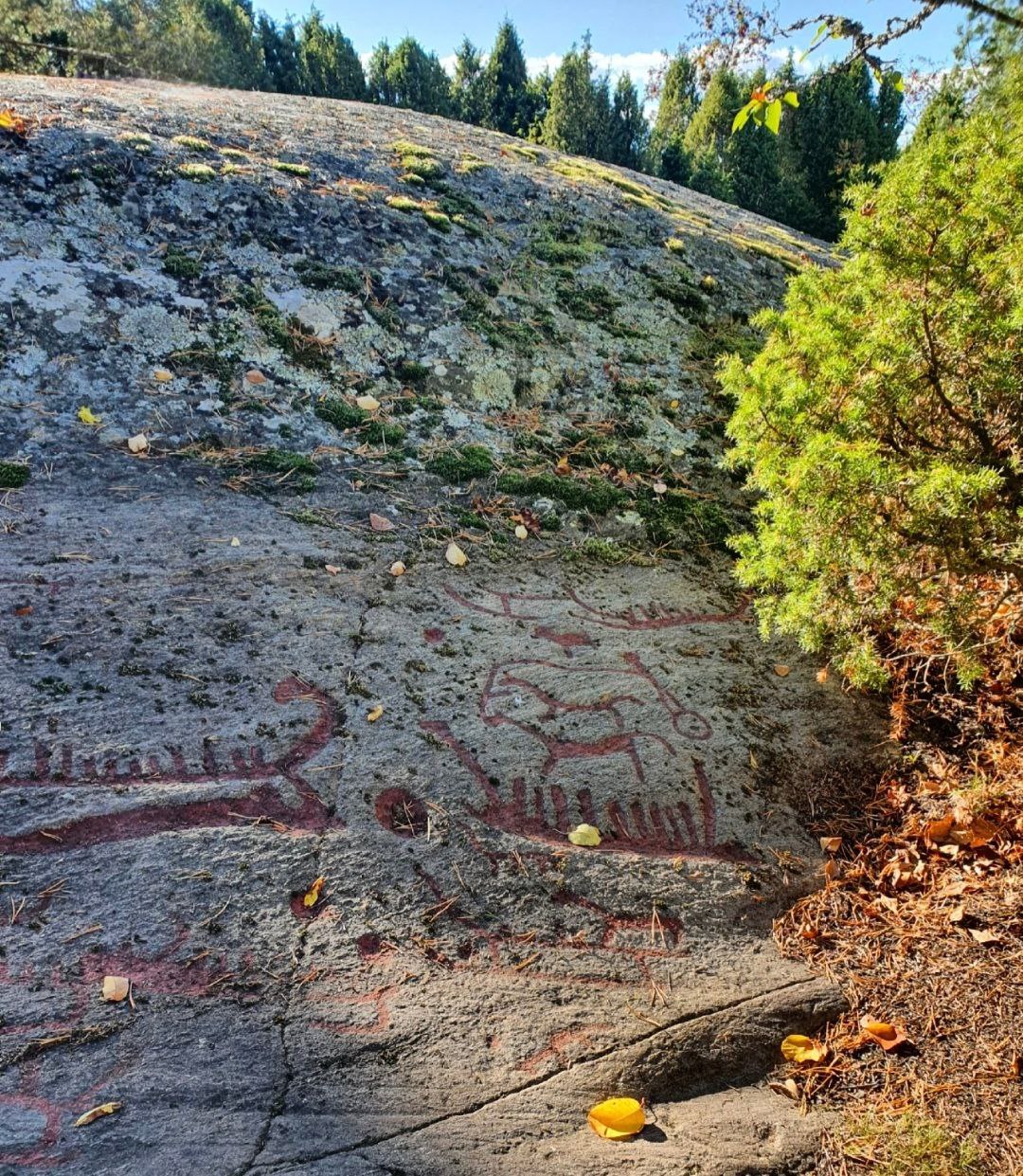Boglösa hällristningsområde i Uppland finns sammanlagt drygt 1 000 hällristningar och 400 platser, vilket innebär att just detta område utgör en av de mest hällristningsrika platserna i Sverige. Dessa hällristningar dateras till Bronsåldern, (1800-500 f Kr) där Rickebyhällarna och Hemstahällen bjuder på en fascinerande syn.
Hemstahällen är en av Upplands mest figurrika ristning med närmare 500 avbildningar. På berghällen finns mer än 200 skepp, ett 20-tal människofigurer, 67 djur och över 100 skålgropar och solhjul. En av de mest utmärkande ristningen är just ‘Hästspannet’. I Uppland finns det få kända vagnsfigurer av denna karaktär.
En av de vanligaste hällristningsavbildningarna är just skålgropar eller ‘älvkvarnarna’ som de kallades i gammal tid. Under forntiden smorde man älvkvarnarna med fläsksvålar och offrade mindre föremål till de nordiska gudarna. Skålgroparnas funktion och betydelse under forntiden var stor, då de framförallt symboliserar fruktsamhet.
🇬🇧
Boglösa petroglyph area in Uppland, Sweden has a total of over 1 000 carvings and 400 petroglyph sites, which means that this particular area is one of the most petroglyph rich ones in Sweden. These petroglyphs date back to the Bronze Age, (1800-500 BC) and the carvings of Rickeby and Hemsta offer a fascinating sight.
The petroglyph of Hemsta is one of Uppland’s most figure-rich carvings with nearly 500 images. There are more than 200 ships, around 20 human figures, 67 animals and over 100 bowl pits and sun wheels. One of the most distinctive carvings is the one of a human and horse with a slead. There are few known figures of that typical depiction.
One of the most common petroglyph depictions is bowl pits. In ancient times, they were greased with pork rinds and small objects were sacrificed to the old gods. The function and importance of bowl pits in ancient times was great, as they above all symbolize fertility.

